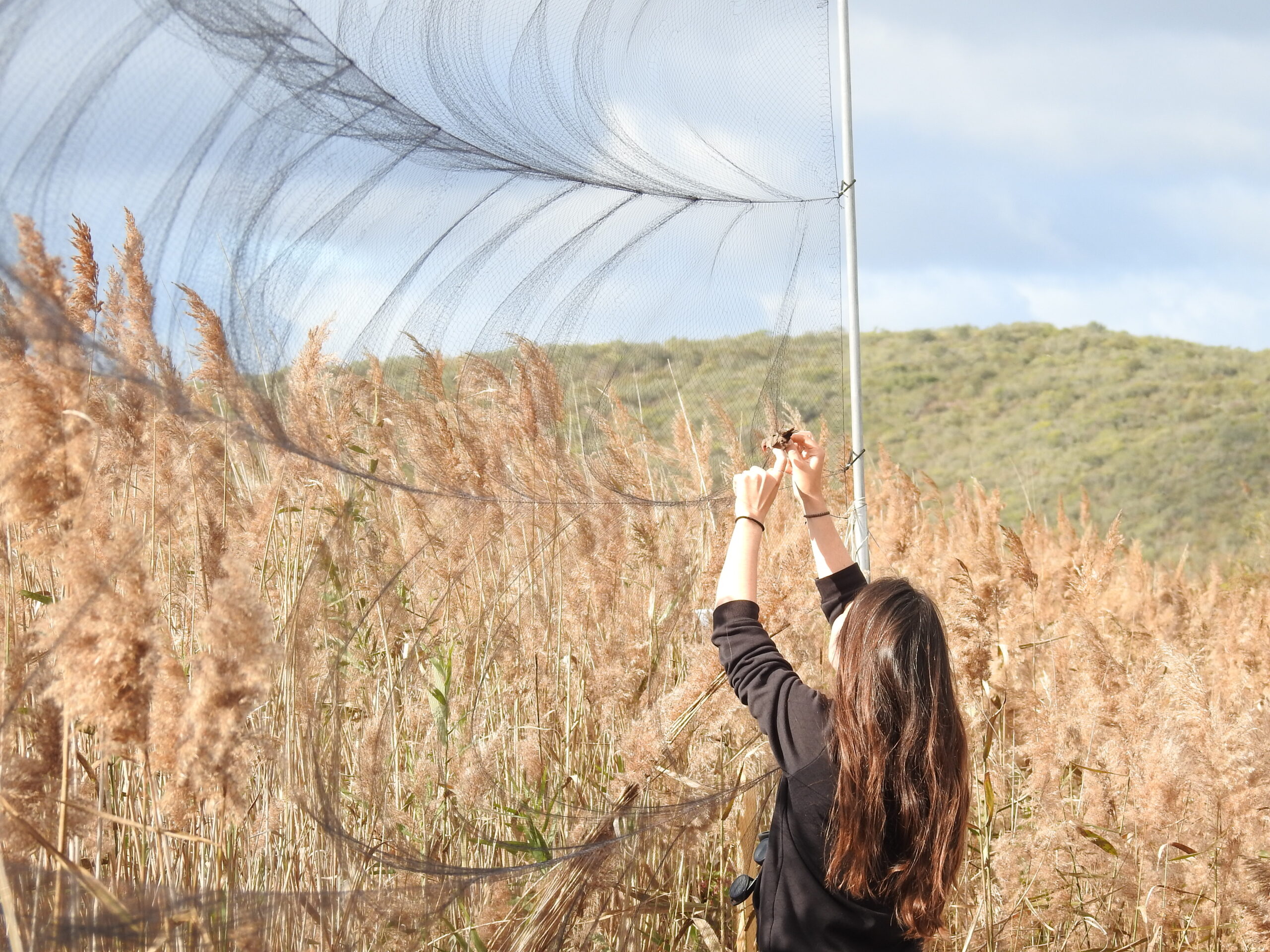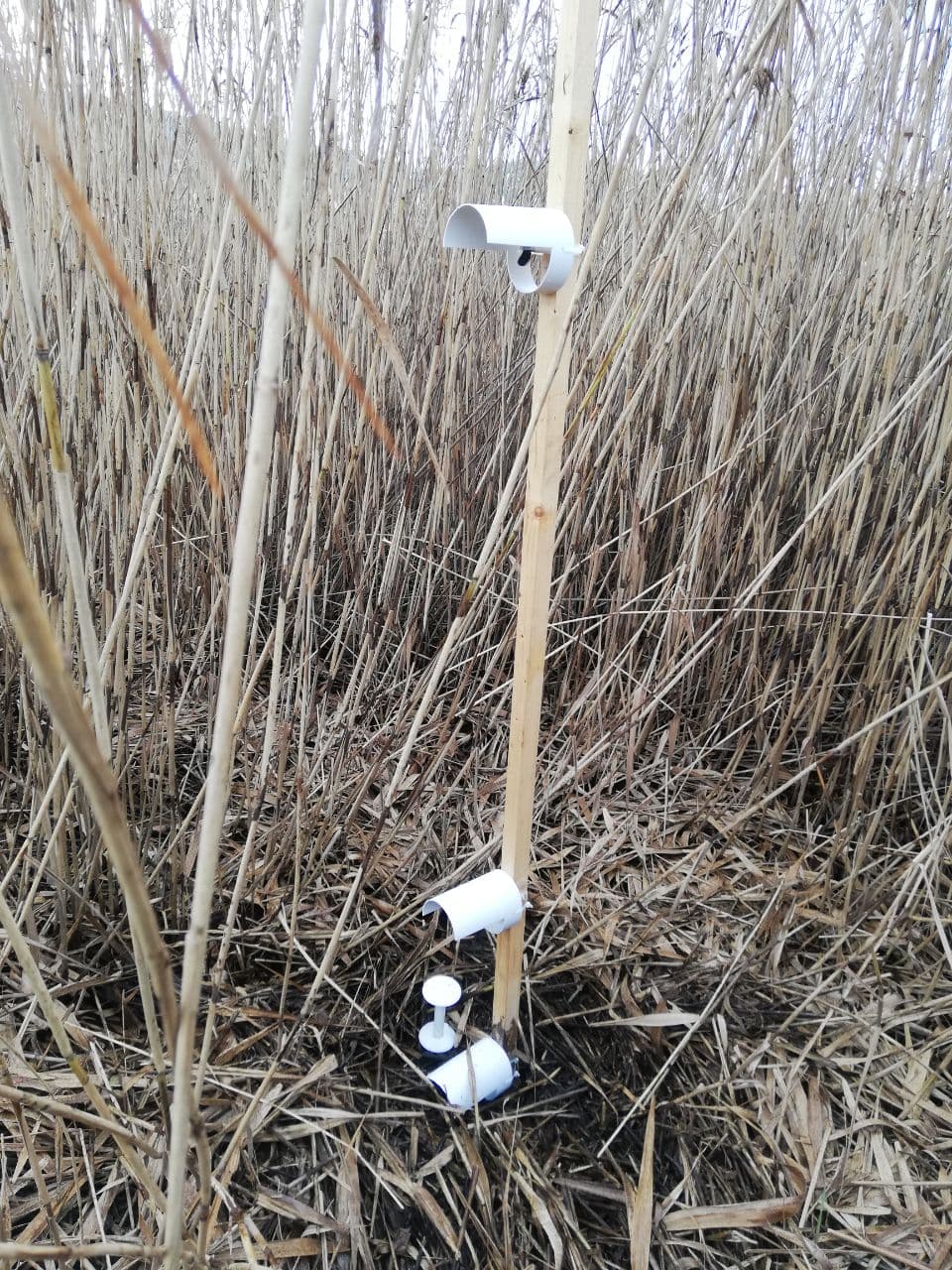
Drs. Marina Sentis Vila
Terrestrial Ecology Unit
Department of Biology
Ghent University
K.L. Ledeganckstraat 35
9000 Gent Belgium
E-mail: Marina.SentisVila@UGent.be
Biological invasions rank among the top threats to biodiversity, economy and human well-being globally. As eradicating established invaders typically is very difficult or even impossible, preventing the introduction of invaders is considered most effective. Spatially explicit predictions of invasion risk are a crucial component of invasive species risk assessment. Yet, current assessments rely heavily on forecasts of species’ range dynamics based on extrapolating native-range realized niche characteristics onto new areas. Invasive species however often spread beyond their native (realized) niches, calling into question the validity of such forecasts.
A mechanistic approach, using key functional traits to characterize species’ fundamental thermal niches instead of realized niches, is likely better suited to generate key ecological insights that determine species range distributions, but only rarely used because of a perceived lack of information on relevant species life-history traits.
Using the invasion of Europe by common waxbills (Estrilda astrild) as a case study, I will test the predictive accuracy of mechanistic forecasts of invasion risk as well as investigate how functional traits drive the invasion of this highly successful avian invader. Native to large parts of tropical and southern Africa, common waxbills were introduced into central Portugal and they spread across most of the country and Spain, rendering it the most widespread invader on the Iberian Peninsula. Waxbills show limited niche overlap between the climates they occupy in their native range compared to Iberia. The invasion of Iberia by these birds thus forms a strong case study to test what can be learned from explicitly integrating ecophysiology into forecasts of invasion risk.


